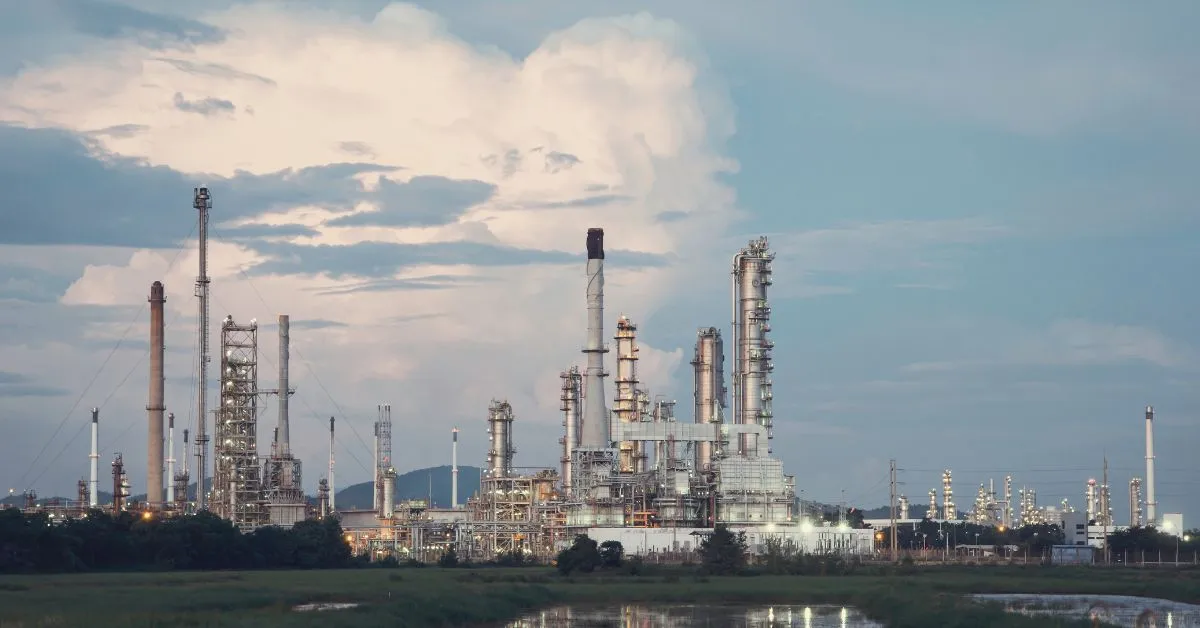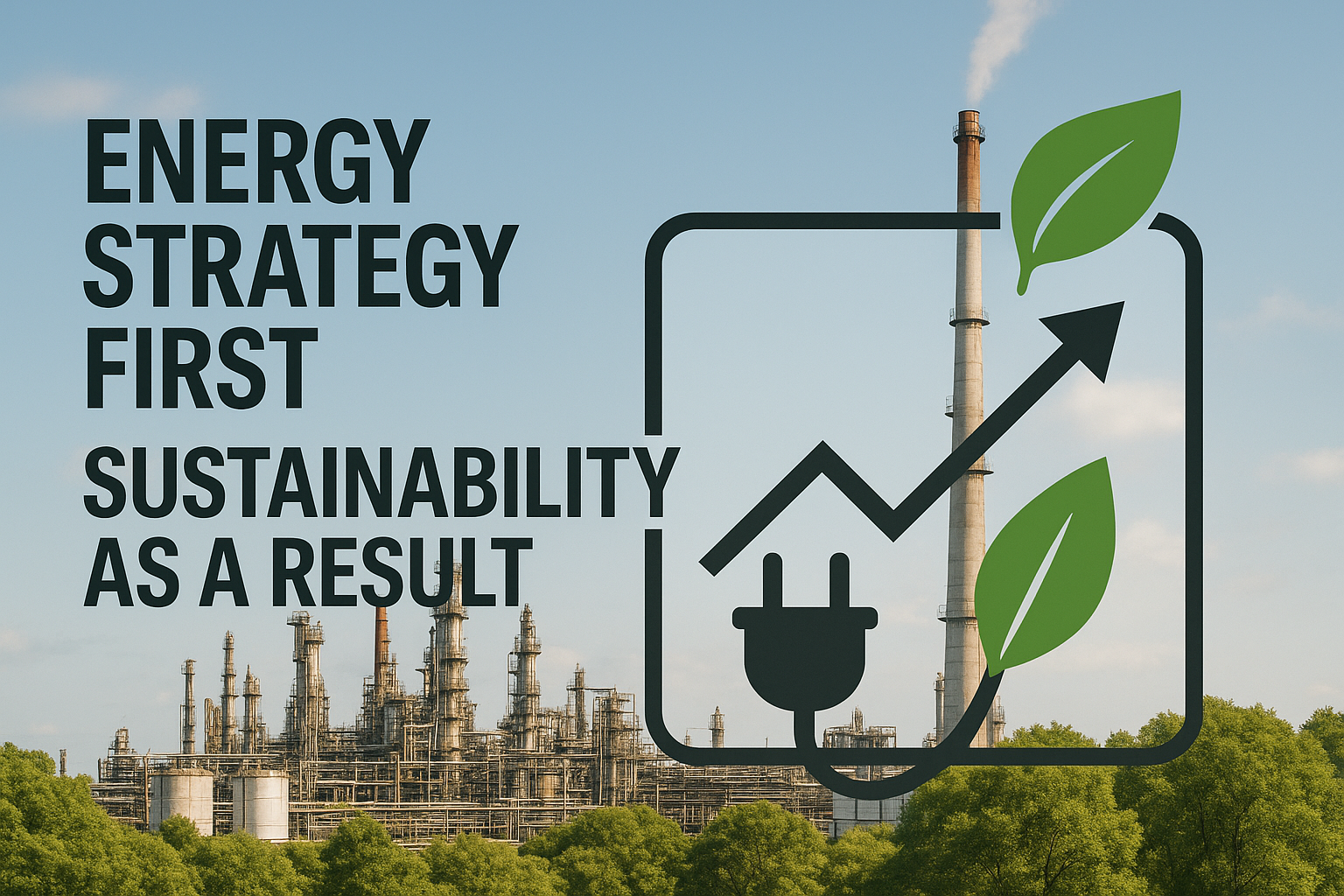Unplanned outages eat into reliability budgets, directly impacting both operational efficiency and annual profitability. You know the underlying constraints: aging equipment pushed past design limits, sensor networks that flood historians with more data than staff can sift through, and a shrinking pool of experienced engineers. Each factor raises the odds of sudden failures and underperforming units that hurt yields. This is where advanced analytics step in.
By transforming raw data into real-time action, these techniques anticipate failures, optimize setpoints, and lighten the cognitive load on your operations team. The five specific approaches ahead show how these capabilities translate into more reliable, safer, and higher-margin production. Whether you’re responsible for a single unit or an entire complex, you’ll leave with clear, practical insights you can start applying today.
1. Real-Time Optimization That Maximizes Your Plant’s Performance
AI-based real-time process optimization takes you beyond simply holding setpoints. It applies advanced analytics to a dynamic model of your entire plant, constantly comparing live data with thousands of feasible operating scenarios. Every few moments the model proposes new setpoints that let the distributed control system (DCS) push throughput higher, cut energy intensity, or tighten product specs—whatever economic objective you define.
Traditional advanced process control (APC) loops keep individual variables in range, yet they remain reactive and rule-based. Modern optimization shifts control from a loop-by-loop view to a plant-wide, economics-first perspective. Where conventional systems focus on localized loops, advanced systems consider plant-wide scope and interdependencies.
The approach replaces fixed, heuristic rules with data-driven, adaptive learning that continuously refines performance. Most importantly, it handles complex, nonlinear relationships that stump conventional PID logic, making sense of interactions that traditional controls can’t navigate.
Because the optimizer ingests historian data, sample results, and even external factors like feedstock pricing, it can predict how one unit’s move will ripple through upstream and downstream equipment. When a crude blend changes or ambient temperature spikes, the optimization engine instantly recalculates the best operating window, then writes those targets back to the DCS in real-time.
Process industry leaders using this approach report higher sustained charge rates, fewer off-spec excursions, and measurable reductions in fuel and steam usage. The continuous feedback loop also stabilizes equipment loading, cutting unplanned shutdowns that erode reliability.
Advanced optimization turns every shift into a live optimization exercise, helping you capture incremental margin while safeguarding asset health—no major capital projects required.
2. Predictive Maintenance That Prevents Failures Before They Happen
When you rely on reactive fixes, production only stops when equipment already has. Preventive schedules are better, yet swapping parts on a calendar still wastes labor and spares. Predictive maintenance changes this approach: it uses continuous sensor data and advanced analytics to intervene only when failure risk is real, keeping front-line operations moving and maintenance budgets under control.
The process begins with sensors streaming vibration, temperature, and pressure data into a central historian. Historical failure records train statistical models to recognize early degradation signatures, while live data gets screened for anomalies. When subtle pattern shifts emerge, the system triggers alerts in real time and recommends the right intervention window and parts, syncing with your CMMS.
Because these analytical models process thousands of variables per second, they uncover relationships a human analyst would miss, like a slight frequency change in a motor shaft that precedes bearing wear by days. In practice, plants see downtime reduction and lower maintenance costs. By acting before faults snowball into outages, you extend asset lifespan, cut emergency overtime, and free skilled technicians to focus on higher-value improvements instead of firefighting.
3. Root-Cause Analysis That Gets You Back Online Faster
Toggling between historian trends, lab sample results, and handwritten logbooks makes traditional root-cause analysis painfully slow. Siloed systems, manual spreadsheet work, and overwhelming sensor tag volumes create the kind of data overload that buries critical insights and stretches mean time to repair (MTTR) well beyond acceptable limits.
Advanced analytical systems remove those bottlenecks by pulling process, maintenance, and quality data into one model in real time. Pattern recognition algorithms surface anomalies the moment they appear, while causal reasoning distinguishes actual triggers from innocent bystanders. The system continuously learns which signals matter and flags only the most probable sources of trouble.
Consider a gas-plant compressor that trips when feed composition drifts. Traditional methods might blame motor vibration or valve lag. Advanced analytics correlate hydrocarbon ratios, suction pressure, and ambient heat to reveal that a subtle spike in heavy components is starving downstream stages. Scenario testing then simulates corrective actions—adjusting knockout drum temperature or rerouting feed—to predict which fix restores stability fastest.
Diagnoses arrive in minutes, cutting MTTR, limiting production losses, and enabling restart under safer, better-understood conditions. Integrating these insights into your existing incident management workflow ensures every follow-up ticket, spare-part order, and operator note links to the true root cause, letting you focus on preventing the next trip instead of reliving the last one.
4. Operations That Keep Everyone Safer
Heat-induced pressure surges, aging vessels, and an ever-growing sea of sensor readings can overwhelm even the most experienced front-line operations. By applying pattern-recognition techniques to years of historian data, advanced analytics now highlight subtle deviations—tiny drifts in temperature or vibration—hours before a high-high alarm ever sounds.
Early warnings translate directly into safer working conditions. When the system flags a rising compressor discharge pressure, it automatically ranks the risk, routes a focused alert to the right console, and suggests a validated corrective move. You act on a prioritized cue instead of scrolling through thousands of tags.
The same logic spots temperature runaways in reactors, shaft-bearing oscillations in pumps, or voltage swings tied to the extreme weather events highlighted in Rodan Energy’s grid assessment, stopping problems before they cascade across units.
Data-backed recommendations also bolster procedural rigor. With each intervention, the system logs context—current load, ambient conditions, past fixes—building a knowledge base that guides future shifts and satisfies audit requirements.
The result is a steadier plant: fewer emergency shutdowns, less equipment stress, and operators who can focus on optimizing throughput rather than firefighting. Stronger safety becomes a foundational layer of overall reliability.
5. Cost Savings That Turn Into Real Profit
When you trim unplanned downtime, every minute saved shows up on the balance sheet. These gains free significant cash, but the full financial upside runs deeper. Maintenance cost reduction comes from smarter task timing that limits labor, rentals, and rush orders. Energy efficiency improvements through real-time process optimization include avoidable fuel and power use.
Quality control enhancements prevent off-spec production and rework through early detection. Meanwhile, spare parts inventory reduction becomes possible when accurate failure forecasts let you stock only what’s truly needed. These improvements extend equipment life, smooth production, and shrink working capital tied up in energy and inventory.
Next Steps To Bring Advanced Analytics To Your Facility
Every day you postpone a digital analytics initiative is a day your facility continues to experience avoidable reliability issues. Plants that implement advanced analytics consistently see reductions in unplanned downtime while achieving better maintenance efficiency and higher throughput. Transforming your reliability program with these capabilities can unlock substantial profit potential that would otherwise remain untapped.
A structured Proof-of-Value pathway turns interest into tangible results without disrupting current operations. The process begins with a value assessment to align on bottlenecks, constraints, and economic goals. Next, secure historian extracts feed the initial model through data transfer and analysis. Advanced modeling techniques then capture your plant-specific operations during the modeling phase. Finally, economic validation and executive review verify dollar impact and chart the rollout plan.
Because modern analytics platforms integrate directly with your distributed control system (DCS), they move from advisory mode to closed-loop control only after the value is proven and your team is comfortable.
Ready to start? Schedule an assessment to see how peers boosted uptime, lowered maintenance spend, and created a safer workplace.




